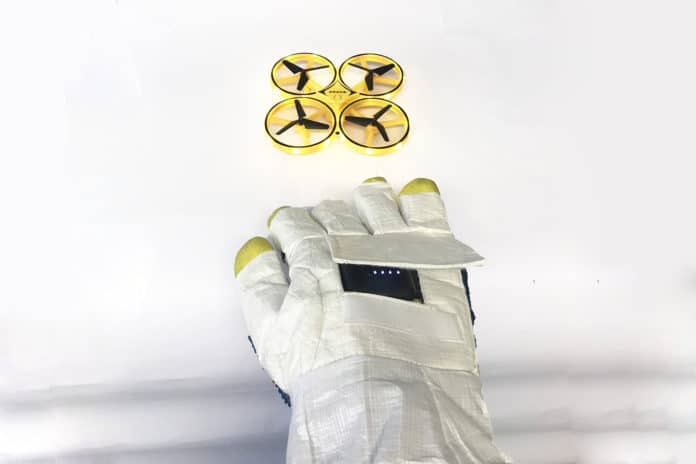You’re probably wearing gloves on the road these days, (no) thanks to the Coronavirus, but how bored are you with it? Now think a little about the hands of the astronauts, who do so many little tasks in about eight hours of spacewalk with the gloves. Astronauts, who will serve on the Moon or Mars in the future, must have more advanced technology, right?
With this in mind, the European Space Agency (ESA) has unveiled a new concept for the spacesuit glove of the future that adds extra functions to the five fingers. With the financial support of ESA, this space glove is designed by the French company Comex and the designer Agatha Medioni. It is based on materials from the ESA-funded activity Pextex to develop novel spacesuit materials for the Moon. The Pertex project aims to identify and test advanced textiles for spacesuit in Europe.
If we talk about its features, the new gloves have three additional functions in addition to the usual functions of a spacesuit glove, such as protecting an astronaut’s hands from the vacuum. With the gloves in hand, astronauts will be able to control a martian drone or lunar rover thanks to the gloves’ gesture control capabilities. Then they have a built-in laser light that can measure distances or target objects.
And finally, the third feature is an integrated display on the back of the glove to show the status of supplies such as oxygen levels. This can be a great improvement in current space suits, which have this display on the torso, and astronauts use a mirror on their wrist to be able to see it. Additionally, the new power gloves are near airtight, waterproof, and resistant to temperature differences between +120° C and –170° C.
“Bonus features of a future European spacesuit material might include self-repair, energy harvesting, integrated sensors, robot control, and displays,” ESA said in a statement.
Previously, NASA presented the Astronaut Smart Glove for the future human exploration with the same gesture control features.
